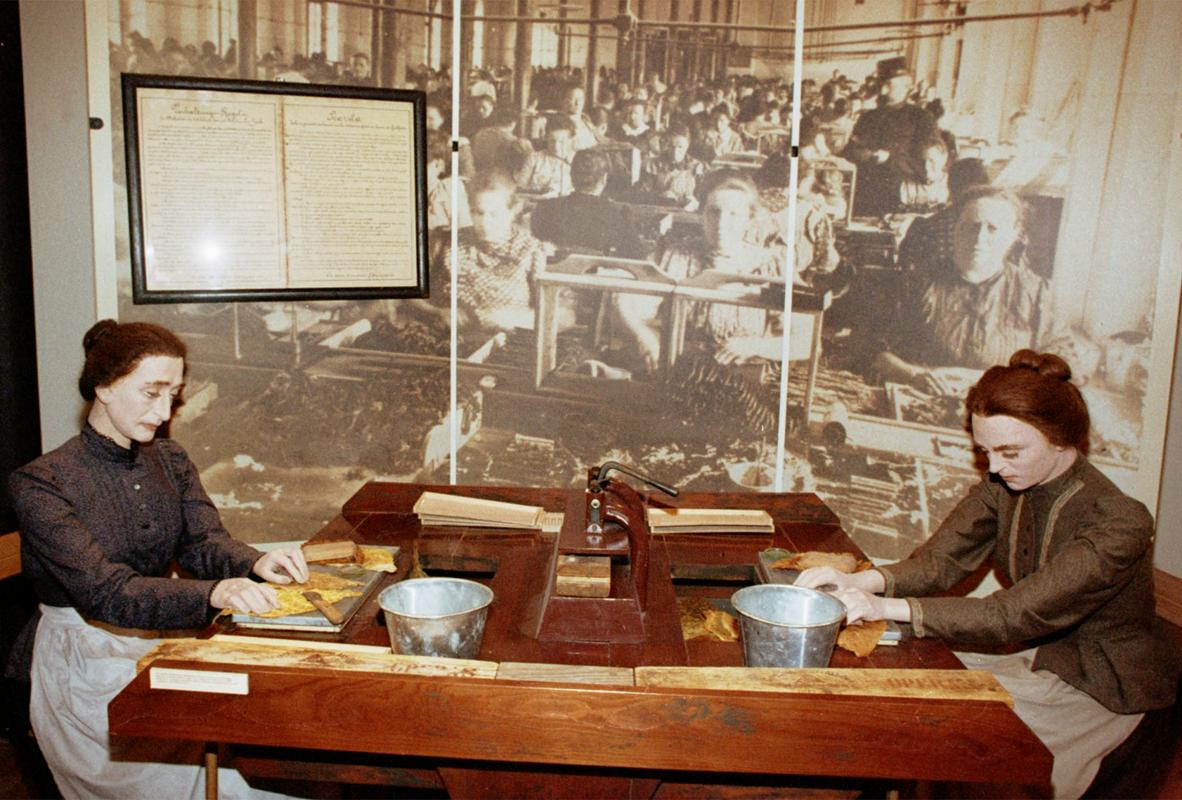
Rich in red clay, the soil of Bela Krajina is not particularly fertile. Corn is a staple crop, but throughout history, failed harvests have left many locals to seek a better life abroad. After World War II, a group of experts discovered that the climate of Bela Krajina is perfectly suited for the cultivation of tobacco. Several farmers seized the opportunity, and soon tobacco became one of the leading crops in villages such as Griblje. The tobacco plants thrived in the region, and is some places, they reached impressive heights of two meters and more.
By the 1980s, 70 farmers in Bela Krajina grew tobacco, with seedlings provided by Ljubljana’s Tobacco Factory. Most of the farmers grew burley tobacco, which was renowned for its quality, but also required labor-intensive processing. In many cases, tobacco farming was a family affair, and young children helped to cure the crop. Several generations would take part in the time-consuming task of stringing tobacco leaves on ropes for drying. The work was ultimately made easier when a machine use to process tobacco was brought in from Ljubljana.
Eventually, cheaper tobacco grown elsewhere and the decline in smokers spelled the end of tobacco farming in Bela Krajina. Even Ljubljana’s storied Tobacco Factory shut down its operations. These days, the once promising industry is just a memory – a fascinating footnote in the history of one of Slovenia’s most interesting regions.

































































